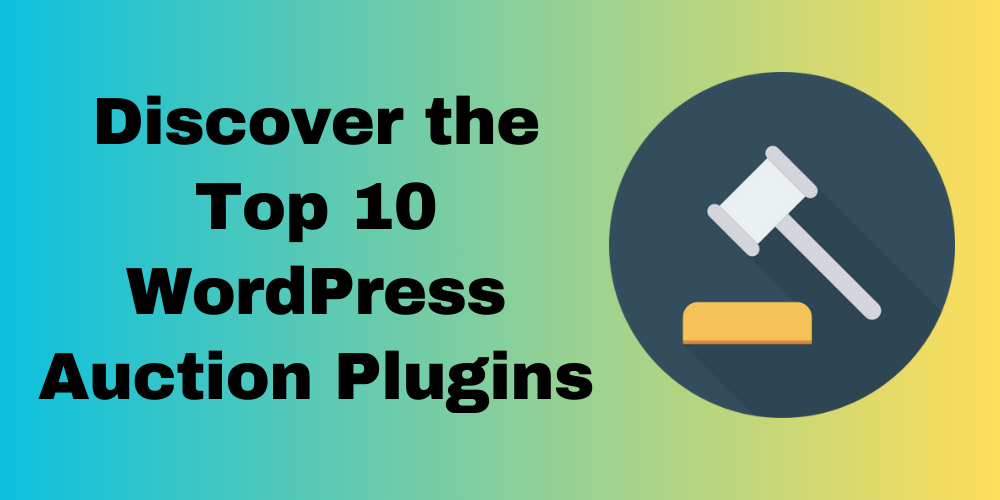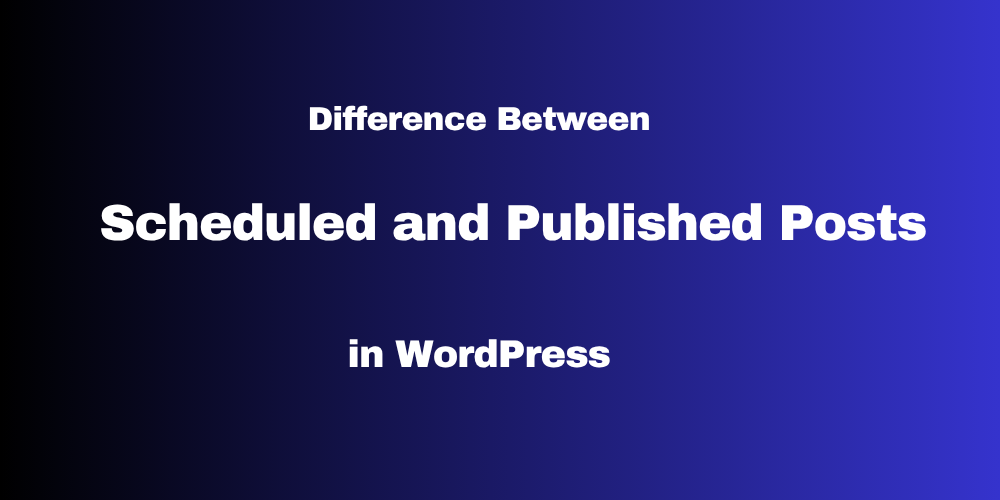Table of Contents Overview Ultimate Auction Pro Auctions Made Easy for WooCommerce Auctions for WooCommerce…
HTTP vs HTTPS: Make Sure This Upgrade Secures Your Website

Table of Contents
- What is HTTP?
- What is HTTPS?
- Key Differences Between HTTP and HTTPS
- Why You Should Make Sure This Switch Happens
- How to Switch from HTTP to HTTPS
- Does HTTPS Help SEO?
- Common HTTPS Issues and Fixes
- WordPress and HTTP vs HTTPS
- Conclusion
- FAQs
What is HTTP?
HTTP stands for HyperText Transfer Protocol. It is the basic protocol used for sharing data between your browser and a website. HTTP is not secure, which means data can be seen or stolen.
What is HTTPS?
HTTPS stands for HyperText Transfer Protocol Secure. It adds an SSL certificate to encrypt data, so hackers can’t read or steal it. You’ll often see a padlock icon 🔒 in the browser when using HTTPS.
Key Differences Between HTTP and HTTPS
| Feature | HTTP | HTTPS |
|---|---|---|
| Security | Not secure | Encrypted and secure |
| SEO Boost | No | Yes |
| User Trust | Low | High with padlock icon |
| Data Protection | None | Protects user info (logins, etc.) |
| Protocol Port | Uses port 80 | Uses port 443 |
| SSL Certificate | Not required | Required to encrypt data |
| URL Prefix | http:// | https:// |
| Browser Behavior | May show “Not Secure” warning | Shows secure padlock icon |
| Performance | Slightly faster without encryption | Slightly slower but more secure |
| Payment Compliance | Not suitable for payments | Required for PCI compliance |
| Data Integrity | Can be intercepted or changed | Prevents data from being altered |
Why You Should Make Sure This Switch Happens
Make sure this change is part of your website strategy. HTTPS builds trust, protects data, and improves your Google search ranking. Without HTTPS, users may see a “Not Secure” warning in their browser.
How to Switch from HTTP to HTTPS
- Get an SSL certificate (many hosts offer it for free)
- Install and activate the SSL on your server
- Update all internal links to use https
- Redirect all http traffic to https
- Update your sitemap and resubmit to Google Search Console
Does HTTPS Help SEO?
Yes. Google confirmed that HTTPS is a ranking factor. It also improves user experience by showing the site is secure. Make sure this is part of your SEO checklist.
Common HTTPS Issues and Fixes
- Mixed Content Warnings: Fix URLs that still load over HTTP
- Redirect Loops: Set proper 301 redirects
- Outdated Links: Update internal links to HTTPS
- No SSL Installed: Install it via hosting control panel or use a plugin like Really Simple SSL
WordPress and HTTP vs HTTPS
If you’re running a WordPress website, make sure this setting is HTTPS to protect your users and improve SEO.
Why HTTPS Matters for WordPress
- Secure Login & Admin Panel: WordPress login pages are common targets for attacks. HTTPS encrypts login credentials.
- Secure E-Commerce Transactions: If you’re using WooCommerce or Easy Digital Downloads, HTTPS is required to protect payment data.
- SEO Ranking: Google gives preference to secure WordPress websites in search results.
- Trust: Users are more likely to stay and convert on secure sites with a padlock icon.
How to Switch WordPress from HTTP to HTTPS
- Get an SSL Certificate
Use your hosting provider (many offer free SSL via Let’s Encrypt). - Update WordPress Address URLs
Go to:Dashboard > Settings > General
Change both the WordPress Address (URL) and Site Address (URL) tohttps://. - Update .htaccess for Redirect
Add the following to your.htaccessfile to force HTTPS:<IfModule mod_rewrite.c> RewriteEngine On RewriteCond %{HTTPS} off RewriteRule ^(.*)$ https://%{HTTP_HOST}%{REQUEST_URI} [L,R=301] </IfModule> - Fix Mixed Content
Use a plugin like Really Simple SSL to update old HTTP links in content and media. - Update Search Engines
Re-submit your site to Google Search Console and update your sitemap.
Conclusion
Upgrading from HTTP to HTTPS is not optional anymore. It boosts SEO, increases trust, and keeps your data safe. Make sure this change is done today—it’s free, fast, and crucial for your online success.
FAQs
Is HTTPS really necessary for all websites?
Yes. Whether it’s a blog, shop, or portfolio, HTTPS protects your visitors and builds trust.
Will switching to HTTPS break my website?
Not if done correctly. Use 301 redirects and update your links to avoid issues.
Do I need to pay for HTTPS?
Many hosting providers offer free SSL certificates via Let’s Encrypt. So, you may not need to pay.
How do users know if a site is using HTTPS?
Look for the padlock icon 🔒 in the browser and the URL starting with https://.







This Post Has 0 Comments